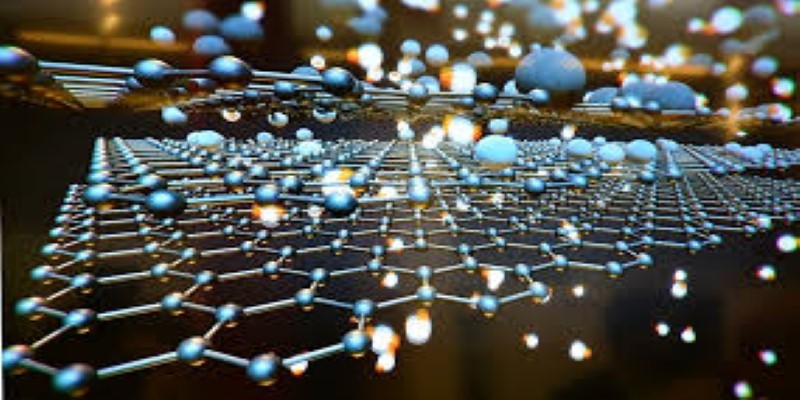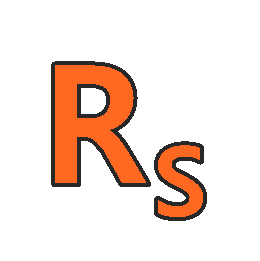
About Course
Introduction to Materials Science and Engineering is intended for students who want to learn about the nature of solid substances and, especially, for beginning engineering students making their first serious contact with the structure and properties of real solids.
It represents, clearly and logically, the chemical and physical principles on which the properties of materials depend. The basic relationships introduced in general chemistry and physics courses are reviewed and extended to permit the student to relate the properties of ceramic, metallic, and polymeric solids to their internal structure and external environment.
When steel is produced, it will undergo some process. Depending on this process, the properties of steel will change. You will obtain different properties by applying a different heat-treatment process. So, I’ve started to share information about mechanical properties of material like yield strength, ultimate tensile strength, modulus of elasticity, ductility.
What is hardness, and how can we measure the hardness of material? In the last of the first part, I’ve talked about the type of material (Ferrous metallic material, non-ferrous metallic material, ceramics, and plastics). In the second part, this course will help you to understand the heat-treatment process. You’ll learn how you can use the iron-carbon equilibrium and TTT (Time-Temperature-Transformation) diagram. And finally, I’ve talked about the type of heat-treatment process.
I hope to see you in this Materials Science course! Lean back and understand all details of material science!
Who this Materials Science course is for:
Engineering Students and Engineer (Engineering Department of Mechanical, Material, Chemistry, Industrial)
Course Content
Introduction to Materials Science & Engineering
-
Quantum Mechanics
00:00 -
Elastic and plastic deformation at the atomic scale
00:00 -
Macroscopic elastic and plastic deformation
00:00 -
Mechanical Properties Definitions
00:00 -
Macroscopic Stress Strain Behavior
00:00 -
Diffussion: Activated Process
00:00 -
Diffusion: Mechanisms
00:00 -
Diffusion: Steady state
00:00 -
Diffusion: Fick’s first law
00:00 -
Electrical Properties: Formation of electronic bands
00:00 -
Electrical Properties: Types of Band Structures
00:00 -
Optical Absorption in Materials
00:00 -
Magnetic Domains
00:00 -
Atomic Origins of Magnetization
00:00 -
Thermal Conductivity
00:00 -
Heat Capacity
00:00 -
Thermal Expansion
00:00 -
Electrical properties: Dopants/Alloying
00:00 -
Electrical properties: Temperature and resistivity
00:00 -
Screw Dislocations
00:00 -
Edge Dislocations
00:00 -
Crystallographic Directions
00:00 -
Crystallographic Planes
00:00 -
Crystallographic Points
00:00 -
Families of directions/planes
00:00 -
Single Crystal, Polycrystalline, Amorphous
00:00 -
Interatomic Forces & Energy Curves
00:00 -
Atomic Bonding
00:00 -
Orbital Filling
00:00 -
Atomic densities and Packing Factors
00:00 -
FCC structure
00:00 -
Point Defects
00:00 -
Phase Diagrams: The Lever Rule
00:00 -
Intro to Phase Diagrams
00:00 -
Polymers: Stereoisomers
00:00 -
Polymers: Geometric Isomer
00:00 -
Structures of polymers
00:00 -
Interstitial Sites
00:00 -
Ionic crystal structures
00:00 -
Optical Emission
00:00
Student Ratings & Reviews

